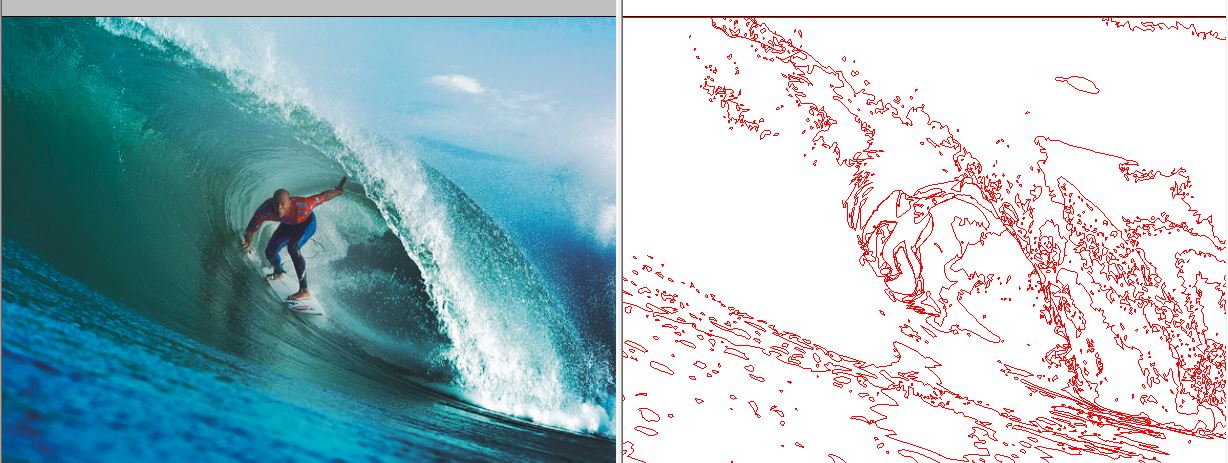

Drag two guidelines from the vertical ruler: one along the inner edge of the monkey’s right ear (on our left), and the other along the right edge of the head (on our left). First, make sure that the rulers are displayed, or click View > Rulers to display them. Then, mirror the duplicate, as done earlier with the eyes, to create the second ear.You can use guidelines to make sure that the second ear is the same distance from the center of the head as the first ear. This time, hold down the Shift key while dragging to constrain the movement to the horizontal axis. Next, duplicate the ear by dragging it with the Pick tool and right-clicking. You are now ready to begin!įigure 19: Resizing and reshaping the duplicated oval by dragging a node Clicking the printer icon turns off the printing of that layer, and clicking the pencil icon locks the layer and makes it uneditable (Figure 9). If you import a black-and-white bitmap into CorelDRAW, you can change the white portions by changing the fill color, and you can change the black portions by changing the outline color.įinally, in the Object manager docker, click the printer and pencil icons next to the Scanned image layer. When I trace with black on top of the blue, I can easily see which parts of the image have been traced. In a similar process, I change the color of my sketch to blue. Drafters would draw the image in blue and then ink over the blue with black-ink pens of varying line weights. In the days before computers, artists would use cyan for sketching, because cyan is not reproduced when the drawing is copied or scanned. It’s a good idea to change the color of the black-and-white sketch - a trick that can help you later on when you trace the sketch. With the Scanned image layer selected, import your sketch. Rename the new layer Scanned image, and drag it below Layer 1. In the Object manager docker, click the New layer button to create a new layer. If the Object manager docker is not displayed, click Window > Dockers > Object manager. In the Create a new document dialog box, make sure that the Size list box is set to Letter. Start a new CorelDRAW document by clicking File > New. This process may not spark any ideas at first, but give it time.įigure 8: Three types of nodes: cusp (1), smooth (2), and symmetrical (3) If you’re still having trouble coming up with ideas, try learning all you can about the words used on the outside of the bubble chart, and then begin drawing the shapes that come to mind. How do those two ideas together sound to you? What do they bring to mind? You can even use those ideas to start new bubble charts that have nothing to do with the first one. Choose two unrelated ideas, and place them side by side. After you create a bubble chart, try combining some ideas from the outermost bubbles. Extending from this bubble are smaller bubbles, which contain related ideas (Figure 3). How did I end up with a monkey? I started with a bubble chart.Ī bubble chart begins with a central idea that is placed inside a bubble.
#CN LINE ART BE IMPORTED TO COREL PAINTER ESSENTIALS 5 CRACK#
Most people who chuckle at the Crack Monkey logo eventually ask the question, “What do monkeys have to do with buying T-shirts?” My answer is, “Everything.” I felt that a T-shirt company should be edgy yet bizarre, with a twist of crazy. Using bubble charts is a good way to start thinking about what you want to say about your company. CorelDRAW Graphics Suite 2021 (Windows/Mac)Īnother brainstorming strategy is to make a mind map in the form of a bubble chart.


 0 kommentar(er)
0 kommentar(er)
